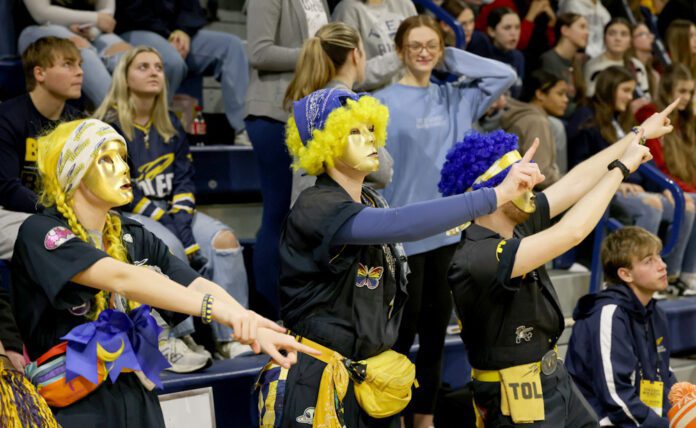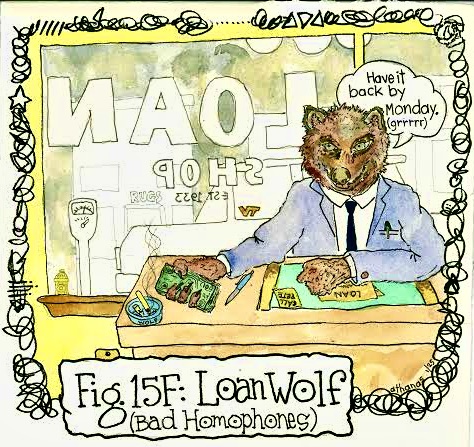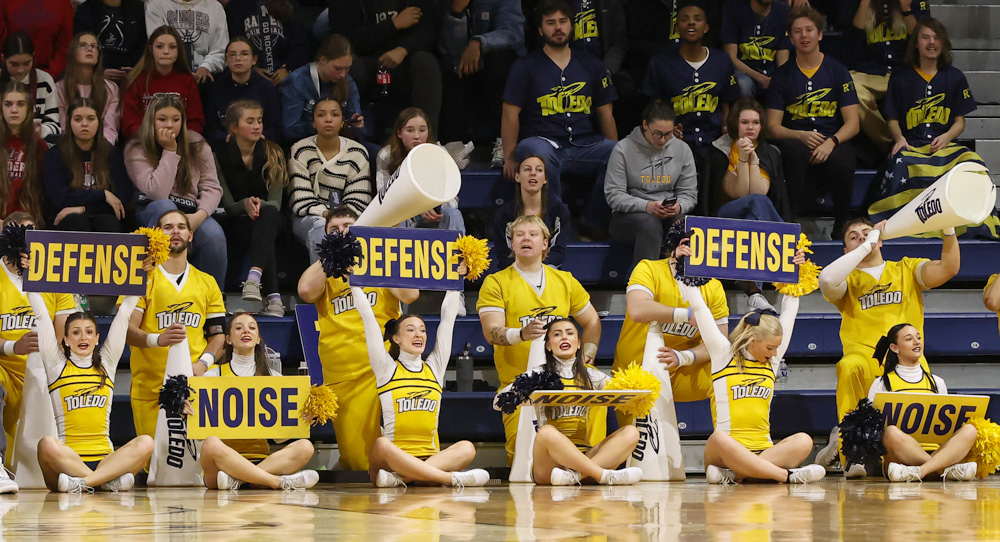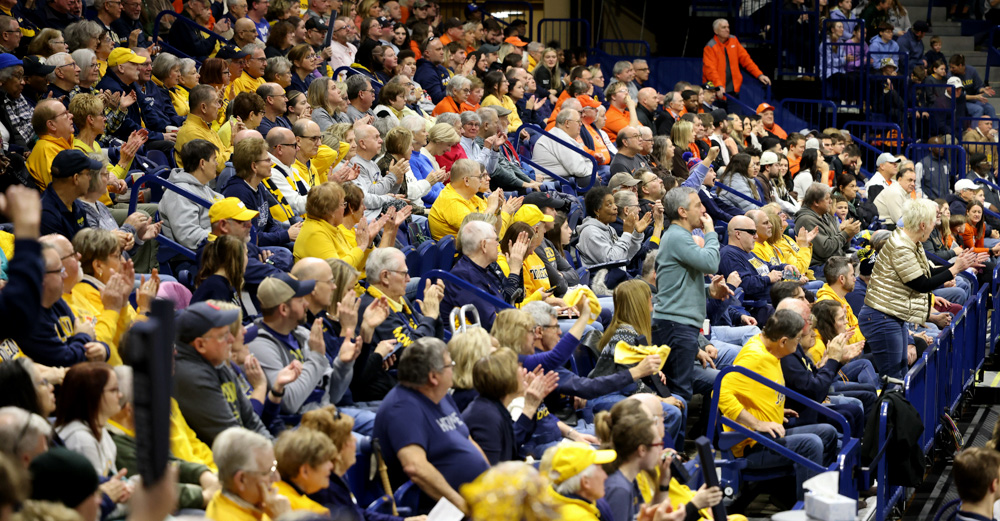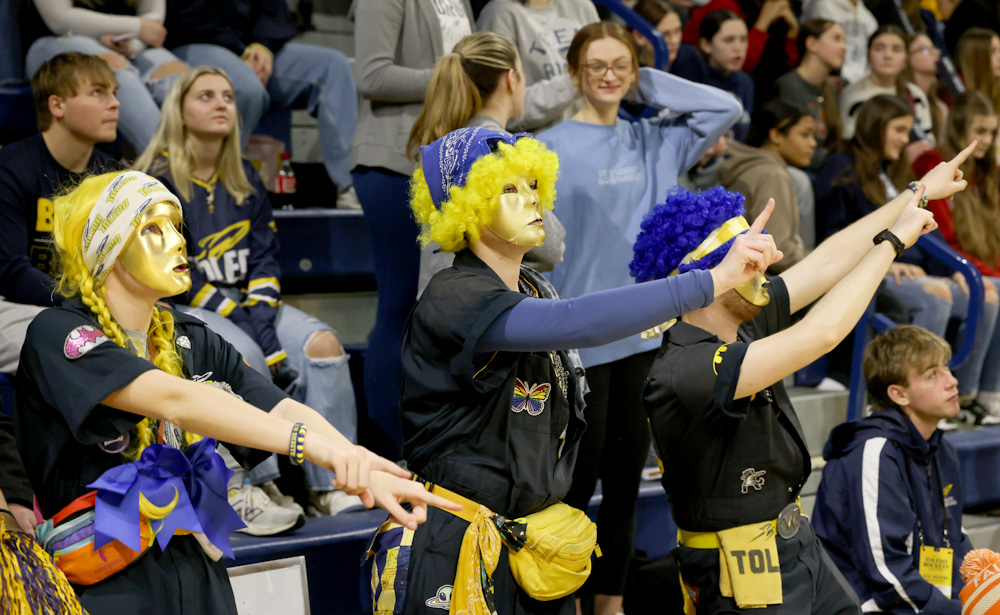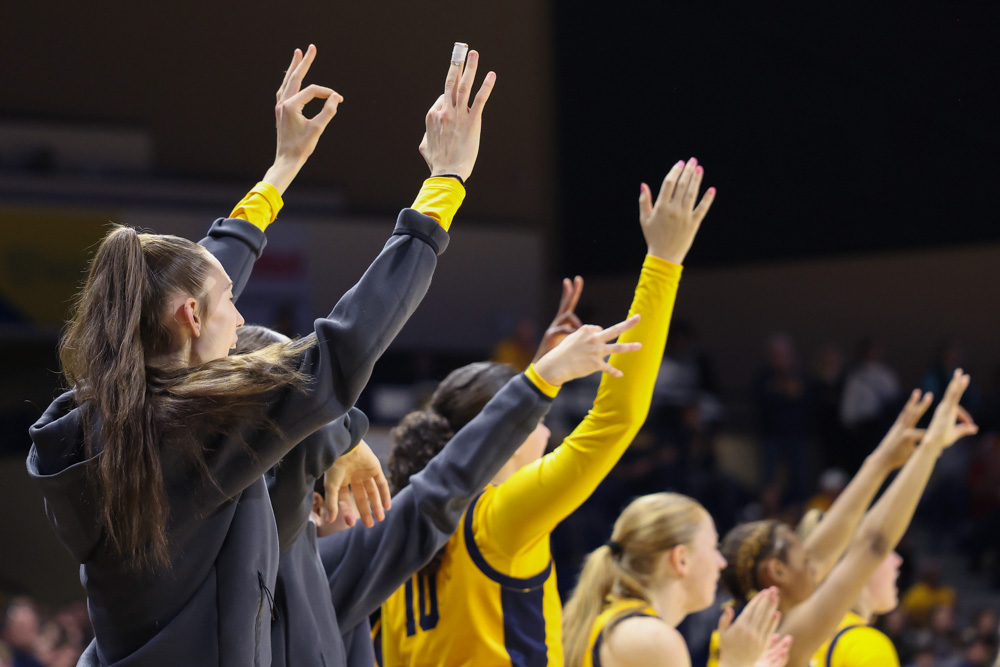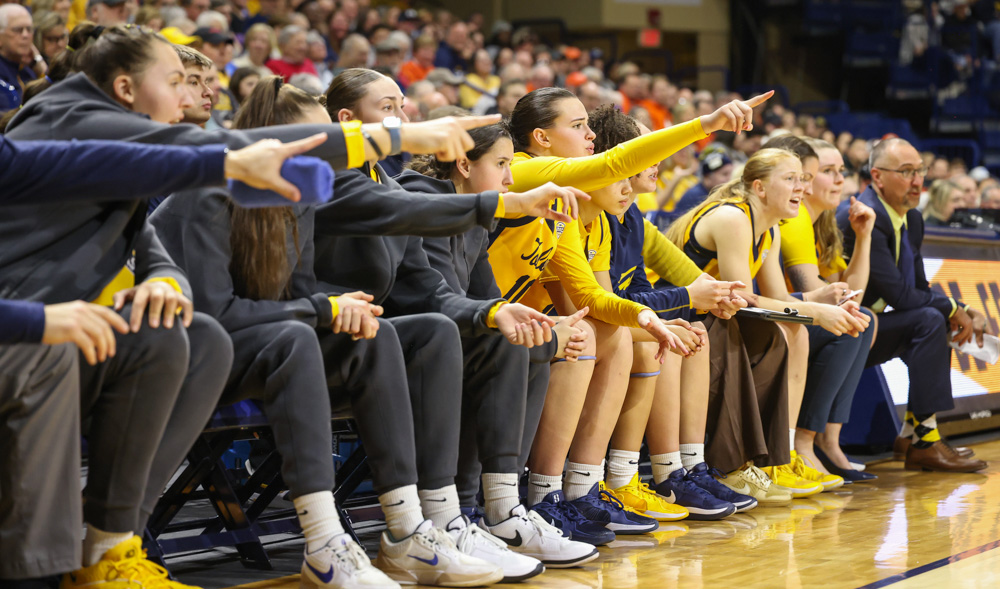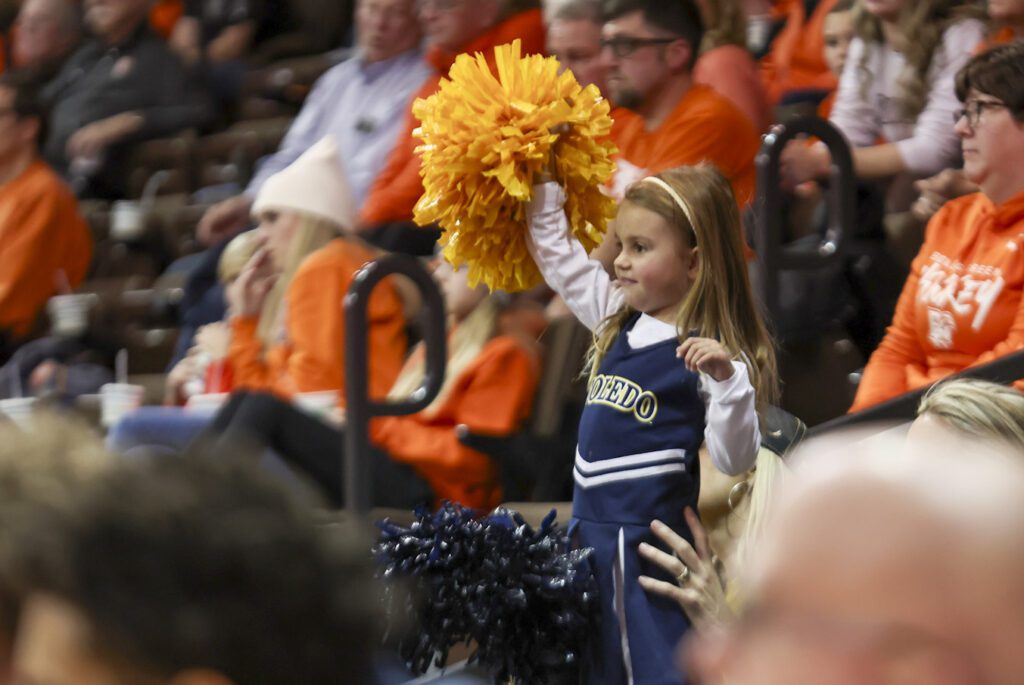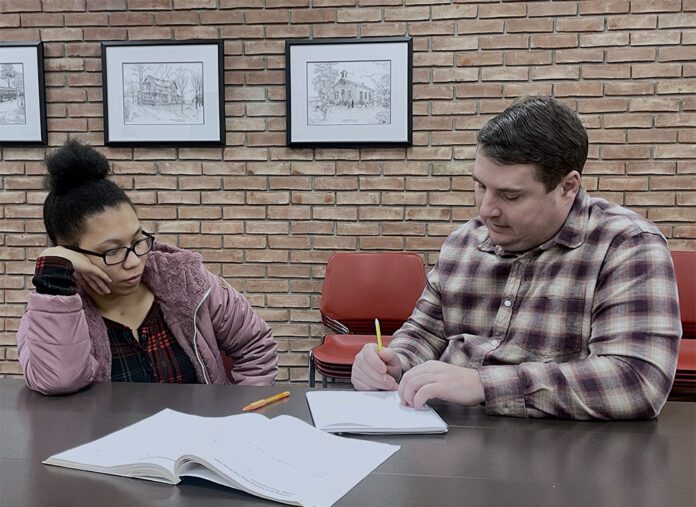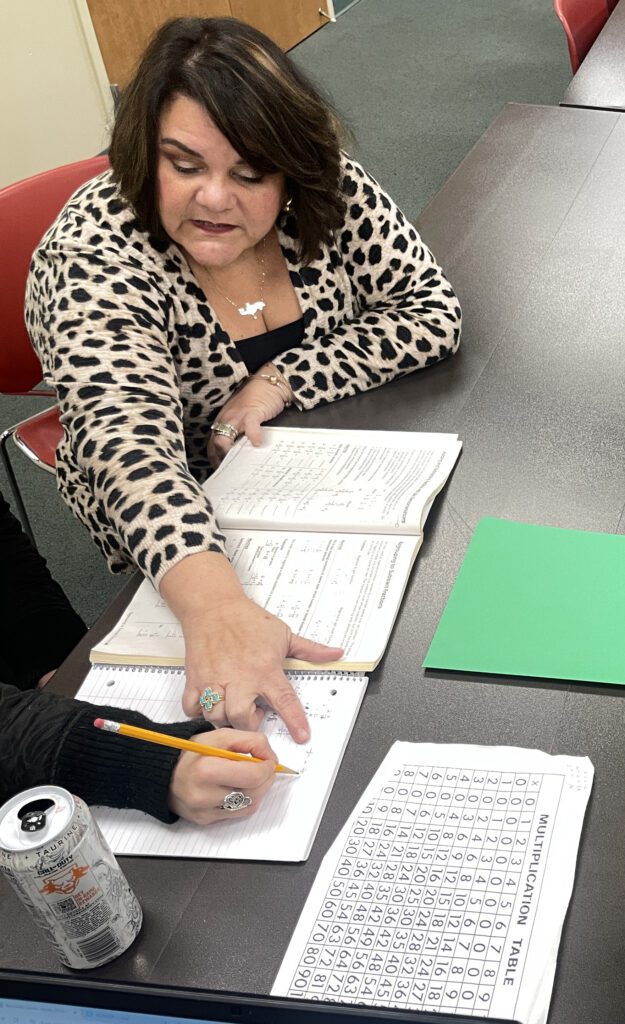Anxiety and ADHD (attention deficit hyperactivity disorder) are commonly mistaken for each other and are often co-morbid conditions. So, what are these symptoms of anxiety and symptoms of ADHD? How are they similar and how are they different?
Anxiety
Let’s start with anxiety and its common symptoms. Children with anxiety experience excessive fear or worry, whether it be over a specific situation or generalized. In generalized anxiety, they have worry and/or fears over a broad range of situations, including everyday situations. You will also see avoidance over situations that trigger their anxiety.
Common symptoms of anxiety include, but are not limited, to:
- trouble concentrating or making decisions
- feeling irritable, tense or restless/hyperactive
- experiencing nausea or abdominal distress
- having heart palpitations
- sweating, trembling or shaking
- trouble sleeping
- having a sense of impending danger, panic or doom
- an array of physical symptoms like stomachaches, headaches and body aches
- school avoidance
Anxiety can be diagnosed after only a few weeks of symptoms, over months or over the years. Anxiety typically is going to affect all areas of the child’s life, including home, school, work, play and sports. Often, these children will also be competitive or perfectionists because they harbor a fear of not being good enough.
ADHD
ADHD is more commonly known and recognized in children by both providers and parents. Most providers are more comfortable diagnosing and treating ADHD verses anxiety. The symptoms of ADHD can be placed into two types of behavioral symptoms: inattentiveness (difficulty concentrating and focusing) and hyperactivity and impulsiveness.
Children can have primarily inattention, primarily hyperactivity/impulsivity or a combination of hyperactivity/impulsivity and inattention. There are also two requirements that need to be met in order to have the diagnoses of ADHD: Symptoms need to occur before the age of 12, and these symptoms need to affect two or more areas of their life (school, work, play or sports). Here are some of the symptoms according to the category of ADHD:
Inattentiveness (difficulty concentrating and focusing)
- having a short attention span and being easily distracted
- being unable to concentrate on tasks
- making careless mistakes – for example, in schoolwork
- appearing forgetful or losing things
- being unable to stick to tasks that are tedious or time-consuming
- appearing to be unable to listen to or carry out instructions
- constantly changing activity or task
- having difficulty organizing tasks
Hyperactivity and impulsiveness
- being unable to sit still, especially in calm or quiet surroundings
- constantly fidgeting
- excessive physical movement
- excessive talking
- being unable to wait their turn
- acting without thinking
- interrupting conversations
- little or no sense of danger
When you look at the above lists and compare the symptoms of both anxiety and ADHD, you will see there are a lot of similarities. These are symptoms, not diagnoses. It is important to see a provider that specializes in mental health so that appropriate diagnoses can be made and appropriate treatment given.
Anxiety can be diagnosed at any age and the symptoms can start at any time, while ADHD symptoms need to occur before the age of 12. Anxiety can be triggered and be directly affected by the surrounding environment.
To properly diagnose anxiety and ADHD, there needs to be an extensive history, screening scores — which is subjective documentation from the patient and parents — observation of behavior by a trained provider and the use of the diagnostic statistical manual for mental health.
If you have any concerns regarding your child’s mental health, please reach out to your primary care provider.


